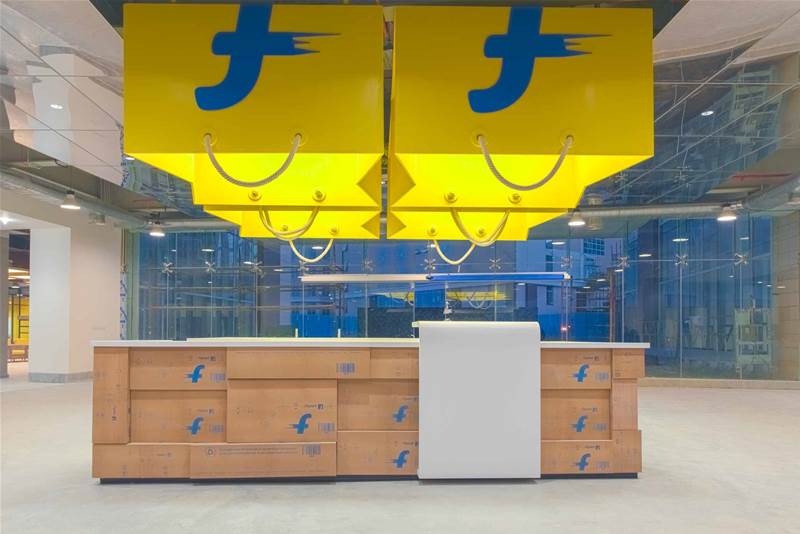Walmart-owned Indian e-commerce giant, Flipkart, is using data science and machine learning to manage business performance.
It is leveraging its big data platform to handle large-scale data transactions.
The company's emphasis is on using analytics for every aspect of decision-making.
Driving assortment, potential listing, assessing product quality, predicting ratings and returns, forecasting demand for stock-keeping units (SKUs), and providing pricing recommendations are some of the typical problems being addressed by the company’s engineering teams using machine learning models and algorithms, the company said.
The firm has also implemented generative artificial intelligence (AI) for its business benefits.
Flipkart’s chief data analytics officer Ravi Vijayraghavan told the Data Next conference that the company decides on a specific target every year as in customer experience, growth, transactions, customer metrics or supply chain metrics to scale with technology.
The e-commerce company has around 500 million registered users, about 150 million products and over 2 billion monthly visits to its site.
It offers delivery to around 19,000 pin code addresses in India, which cover most locations around the country.
It has built its data platform as service-oriented architecture to enhance user experience, optimise logistics and improve product listings, maintaining various types of data domains like Redis, HBase, and SQL, Vijayraghavan said.
He added the company could “successfully” translate this data to business intelligence, allowing it to make strategic decisions.
For instance, product insights have helped Flipkart to decide on displaying relevant products, understanding product life cycles, demand forecasting, product quality, buying intelligence, ratings and reviews, Vijayraghavan said.
ML use cases
Flipkart needed to manage business performance for consumers from pre-order experience, selection, post-order experience and quality.
It has worked on a selection design based on machine learning to address the challenges in width - number of product lines, depth - variety within each of those lines and assess the quality of products sold.
As the company saw around 80 million search queries per week, it leveraged natural language processing to cluster the queries and identify poor-performing clusters. Based on the seller affinity score, we could find the seller to achieve width, Vijayaraghavan explained.
Likewise, for selection depth, Flipkart has developed a framework for identifying high-potential listings.
Models are trained to learn listing potential with attributes and images and also understand the attributes of a selection.
The firm has also faced several challenges in assessing product quality as manual checks are not scalable for millions of product listings.
While listing quality scores based on the past performance of a product temporarily supported, it had challenges with constantly changing SKUs.
“We built machine-learned listing quality scores that could give better predictive power for a new selection and also enable customisation to category characteristics,” he explained.
As listing quality scores may not be suitable for sellers who have no sale, return or rating history, the engineering teams have also built base ML models for predicting ratings and returns.
It is a machine-learning framework that collects product, seller and listing attributes to predict both ratings and returns for a new listing.
Generative AI
Flipkart is also leveraging generative AI like ChatGPT for text generation, Rephrase.ai for video synthesis, DALL-E2 for image synthesis, Vidvoice for audio synthesis and Point-E for 3D mesh synthesis.
The firm has built an AI fashion designer based on a stable diffusion model that will create a new design derived through machine learning. It auto-generates products that are fresh in Flipkart’s catalogue through various combinations of attributes. With the right visibility, they are perceived to have the potential to be high-selling designs.
“We have now started testing thousands of designs very actively with our seller base,” he said.
Speaking on future plans, Vijayraghavan said Flipkart will invest a lot in exploring and developing more such AI-based tools in the next 3-4 years. “Generative AI has emerged as a promising technology trend over the past six to 12 months,” he added.









